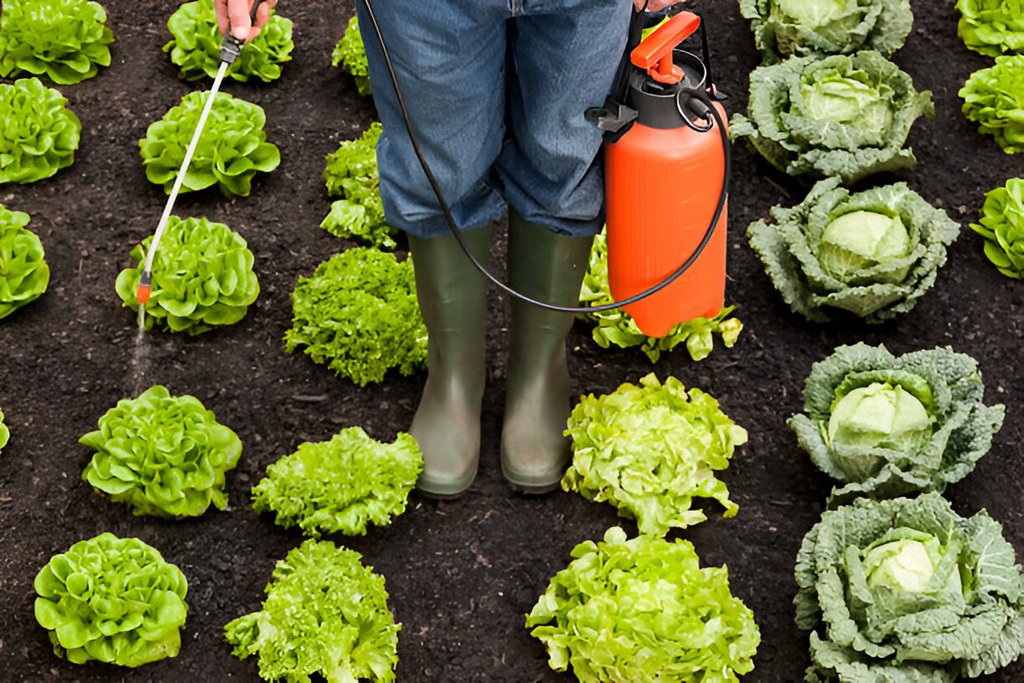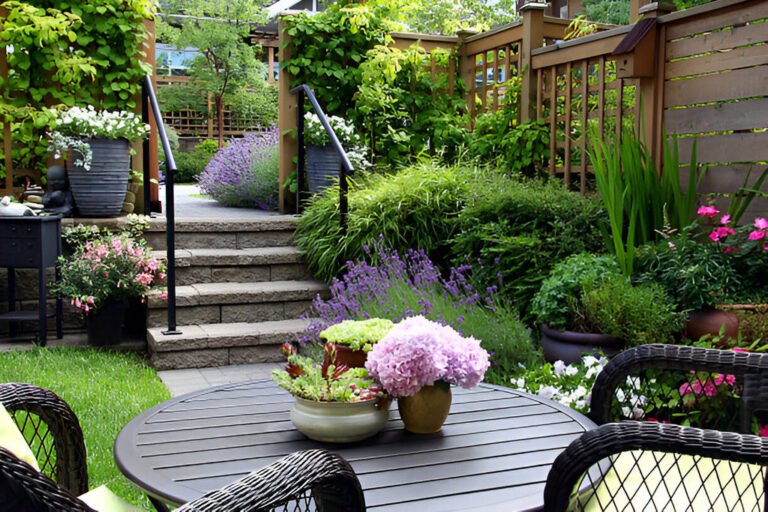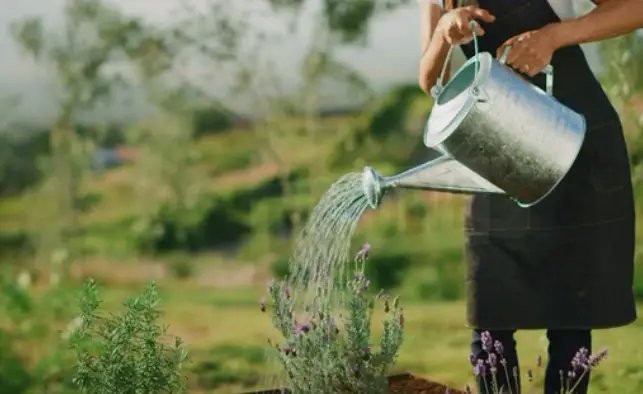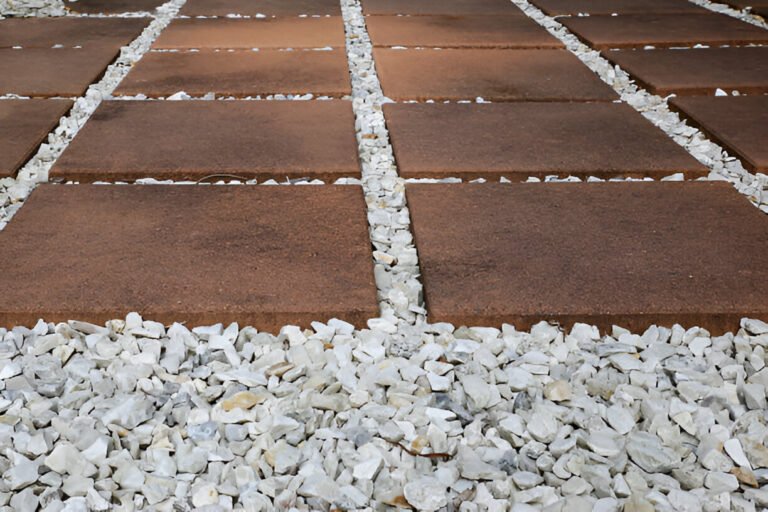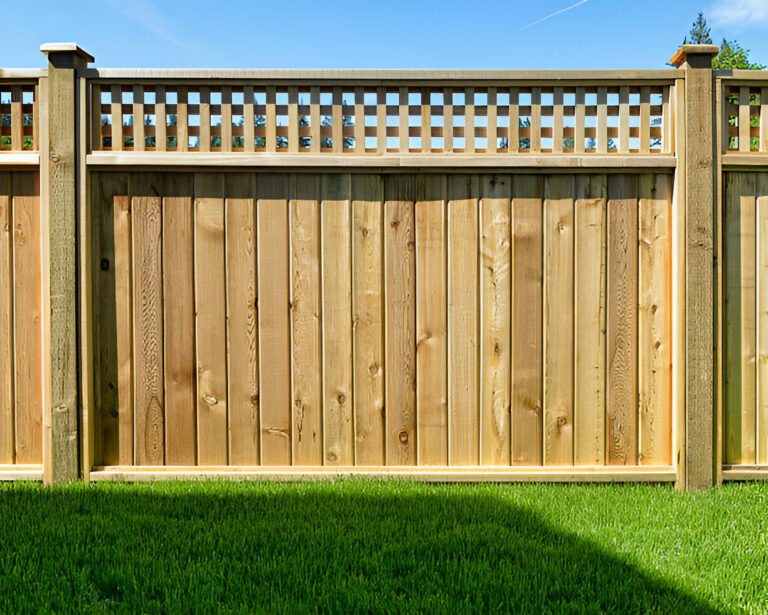How Can I Stop Using Pesticides without Harming My Garden?
Let me tell you, I used to think of my garden as a battlefront. Armed with sprays and pesticides, I felt like a soldier defending my plants from the enemy—those pesky pests. But over time, I started to realize that this approach came with a heavy price.
My plants weren’t thriving like they should, and I began to notice fewer butterflies and bees flitting around. Something had to change.
So, I took a deep breath, rolled up my sleeves, and decided to ditch the chemicals. Instead of treating my garden like a war zone, I wanted to cultivate a thriving ecosystem that worked in harmony.
If you’re in the same boat, let me share the strategies I’ve found invaluable for stopping pesticide use without harming my garden.
Importance of Using Eco-Friendly Pest Deterrents
In today’s world, the importance of using eco-friendly pest deterrents in gardening cannot be overstated. As more people become aware of the harmful effects of chemical pesticides on both the environment and human health, many are seeking sustainable alternatives.
Eco-friendly methods not only help protect your garden but also contribute to a healthier ecosystem. By choosing natural pest deterrents, gardeners can foster biodiversity, encouraging beneficial insects that aid in pollination and pest control.
Avoiding chemical pesticides offers numerous benefits for your garden and the surrounding environment. Firstly, it promotes soil health by preserving beneficial microorganisms essential for plant growth. Chemical pesticides can disrupt these vital ecosystems, leading to long-term soil degradation. Additionally, using natural deterrents can lead to healthier plants, which are more resilient to pests and diseases.
This approach not only enhances the beauty of your garden but also ensures a safe growing environment for pets and children. Ultimately, eco-friendly pest control methods create a thriving, sustainable garden that benefits everyone.
1. Promote Plant Health: The Foundation of a Resilient Garden
Healthy plants are like well-armed warriors—they can fend off pests without much help. Focusing on plant health has become my first line of defense.
Composting: The Gift that Keeps on Giving
I started composting a few years back, and wow, what a game changer! Adding compost as a top dressing not only enriches the soil but also improves its structure. Healthy soil leads to healthy plants, which naturally repel pests. It’s like giving your plants a nutrient-packed superhero cape.
| Compost Benefits | Impact on Plants |
| Enriches soil | Promotes robust growth |
| Enhances water retention | Reduces stress from drought |
| Provides beneficial microbes | Strengthens disease resistance |
Proper Watering and Fertilization: Less is More
I learned that over-fertilizing can actually stress plants, attracting pests like a moth to a flame. I now test my soil regularly, ensuring my plants get just what they need without the excess baggage.
2. Encourage Beneficial Insects: Nature’s Own Pest Control Squad
You know what’s better than a chemical spray? A squad of beneficial insects ready to take down pests without a second thought.
Invite the Good Bugs
Ladybugs, lacewings, and hoverflies have become my garden’s best friends. These natural predators thrive on aphids and other pests, keeping their populations in check. To attract these helpful allies, I planted a variety of flowering plants that provide nectar and pollen. It’s like setting up an all-you-can-eat buffet for them!
| Beneficial Insect | Target Pests | Favorite Plants |
| Ladybugs | Aphids, Spider Mites | Dill, Yarrow |
| Lacewings | Thrips, Whiteflies | Cosmos, Fennel |
| Hoverflies | Aphids | Marigolds, Zinnias |
3. Use Physical Barriers: A Shield for Your Plants
Sometimes, the best defense is a good offense. I’ve found that using physical barriers helps keep pests at bay without chemicals.
Row Covers and Sticky Traps
Lightweight fabric row covers protect young plants from pests while still letting sunlight and moisture work their magic. And those sticky traps? They’re like having a front-row seat to a pest monitoring show. I can see who’s causing trouble and take action if needed.
4. Integrated Pest Management (IPM): A Holistic Approach
Adopting an Integrated Pest Management (IPM) approach has really opened my eyes. It’s not just about getting rid of pests; it’s about understanding them.
Monitoring and Timing
I now keep a close watch on pest levels and only intervene when absolutely necessary. If I spot a few aphids, I won’t panic. Instead, I look for ladybugs and other beneficials that might help out. This strategy helps me minimize interventions while still keeping my garden healthy.
| IPM Strategy | Purpose |
| Monitor pest levels | Identify when intervention is needed |
| Rotate crops | Disrupt pest life cycles |
| Use natural predators | Promote ecosystem balance |
5. Mechanical Control Methods: Get Your Hands Dirty
Sometimes you just have to get in there and do the work yourself. Hand-picking pests like caterpillars or beetles has become a regular routine for me.
Boiling Water for Weeds
I’ve even resorted to boiling water for those pesky weeds in hard-to-reach areas. It sounds drastic, but it works like a charm! Just pour it right on the weeds, and poof—they’re gone without harming the surrounding plants.
6. Mulching: The Unsung Hero
I started mulching around my plants, and let me tell you—it’s a win-win situation. Mulch suppresses weeds, retains moisture, and improves soil health. It’s like wrapping my plants in a cozy blanket that protects them from pests.
| Mulching Benefits | Impact on Garden |
| Suppresses weeds | Reduces competition for nutrients |
| Retains soil moisture | Keeps plants hydrated |
| Improves soil health | Boosts beneficial microorganisms |
7. Natural Herbicides: Clean and Green
If I absolutely need to control weeds, I’ve turned to natural herbicides like vinegar or even more boiling water. They’re much less harmful to the beneficial insects buzzing around my garden.
| Natural Herbicide | Application | Best Used For |
| Vinegar | Spray directly | Weeds near plants |
| Boiling water | Pour over weeds | Hard-to-reach areas |
8. Create Habitat for Wildlife: Nature’s Balance
One of the best changes I made was designing my garden to attract wildlife. Birds, bats, and beneficial insects play vital roles in controlling pests naturally.
Wildlife Features to Consider
Adding features like birdhouses, small ponds, or native plantings creates a welcoming environment for these creatures. I’ve noticed a significant decrease in pest populations since inviting these helpful neighbors over for dinner.
| Wildlife Features | Benefits |
| Birdhouses | Attract insect-eating birds |
| Ponds | Encourage frogs and toads |
| Native plantings | Support local ecosystems |
Conclusion: A New Way to Garden
Transitioning away from pesticides hasn’t been an overnight journey, but the rewards have been worth every step. I’ve cultivated not just a garden, but a thriving ecosystem where every creature has its role. By promoting plant health, attracting beneficial insects, and employing natural strategies, I’ve found a way to manage pests that feels right.
So, if you’re looking to stop using pesticides without harming your garden, roll up your sleeves and start experimenting. Embrace the beauty of nature and let it work its magic. You might just find that the healthiest gardens come from working with nature, not against it. Happy gardening!
